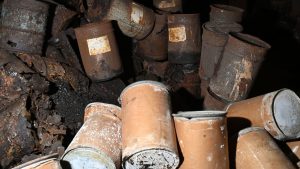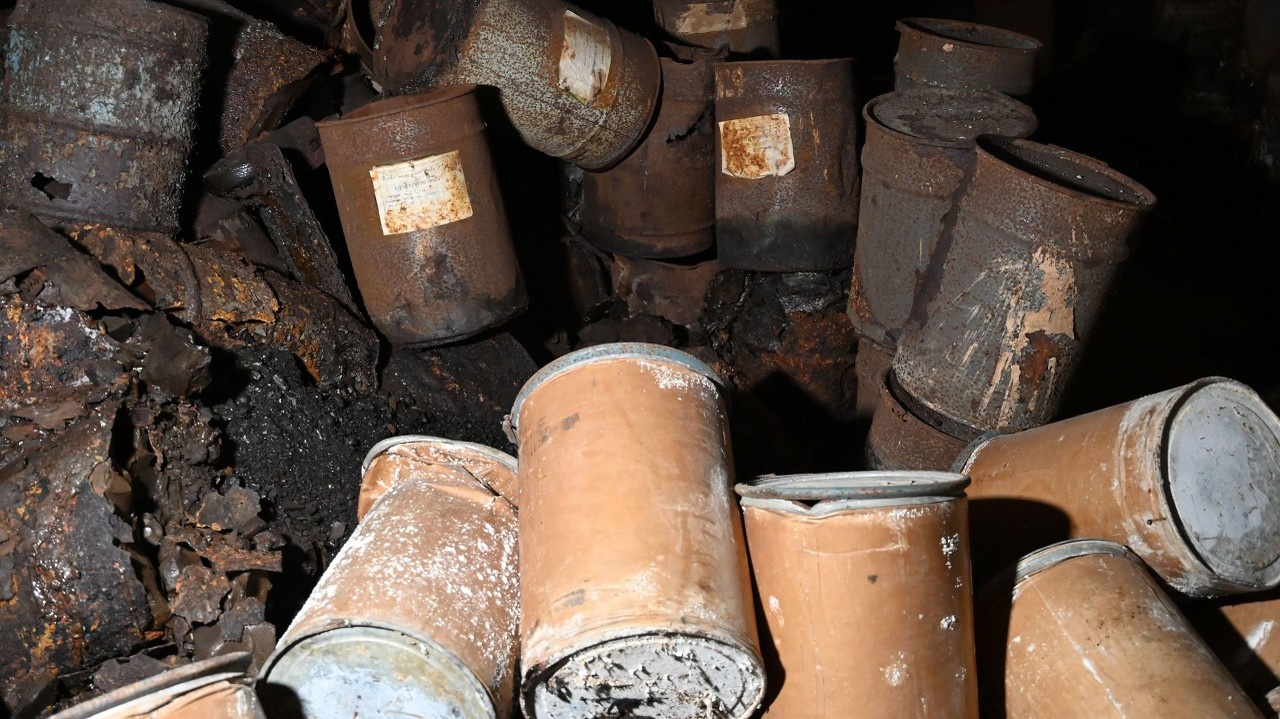
PCB substances (polychlorinated biphenyls) have been causing problems in the vicinity of the former chemical plant Chemko Strážske for several years. Originally they were considered completely harmless, but today they are among the 12 substances that the world community considers so dangerous that they should be eliminated from the ecosystem.
Similar to other industrialized countries, the environment was contaminated with PCB substances in Slovakia as a result of the long-term and relatively extensive industrial application of these substances (or their mixtures), even though the consequences of their entry into the ecosystems.
Contamination of the environment with these products has created a new significant group of solid PCB materials (contaminated soils, sands, sediments, or industrial wastes), the decontamination or disposal of which causes problems due to the persistence of PCBs against most destructive processes normally occurring in the ecosystem, e.g. photolytic and microbial (especially aerobic), especially in the case of higher chlorinated PCBs.
Directly in the plant, but also in its surroundings, there are still a lot of barrels with PCB substances, which, however, are already disintegrating and thus these substances get into the environment. They are carried by the water and blown by the wind to a wide area.
In 2020, the National Agricultural and Food Center – Research Institute of Agroecology (NPPC – VÚA Michalovce) conducted experiments to verify the immobilization effect of differentially activated humic acids on the main ex-situ PCB congeners.
In an orientation vessel experiment, it was checked whether it is possible to reduce the contamination of the crop with PCB substances. It was a vegetation ex-situ screening of the immobilization effect of differentially activated humic acids on the main PCB congeners in the soil. In the experiment, the soil was contaminated with sediment obtained in the vicinity of the Chemko Strážske plant.
It was found that humic preparations applied in an ameliorative dose significantly reduced the content of PCB substances in tubers and leaves of sown radish, while at the same time they were also able to significantly reduce the content of PCB substances released from the soil into the soil leachate. The total content of PCB congeners (28, 52, 101, 138, 153 and 180) was reduced in the tuber by 29.40 to 73.20% compared to the control variant. In leaves, this reduction was in the range of 23.02 to 61.71%. At the same time, the content of PCB congeners released from the soil into the soil leachate decreased by 32.24 to 49.36%.
In 2021, we obtained a hen and eggs from a village near the plant, which we subjected to analysis to determine the value of PCB substances. The content of dioxin-related PCBs was 0.9505 pgTEQ/g fat in chicken and 1.241 pgTEQ/g fat in eggs. These values do not exceed the maximum PCB values defined by EU Commission Regulation No. 1259/2011. The amount of non-dioxin-like PCBs was determined in the hen at 53.123 ng/g fat and in the eggs even 70.950 ng/g fat, which exceeds the maximum PCB values defined by EU Commission Regulation No. 1259/2011 set at 40 ng/g fat.
In cooperation with scientists at the Slovak Technical University in Bratislava, we began to investigate the ability of humic substances to retain PCB substances. In this way, it would be possible to immobilize PCB substances in the soil and thus prevent their spread into the environment for a very long time. The first experiments showed a high ability of humic acids to capture PCB substances. For low-halogenated PCB substances, the decrease in the content of these substances in the tested solution was up to 10 times. However, more halogenated PCBs fell less. Since the more halogenated PCB substances are more dangerous and also accumulate more in the body, where they are degraded more poorly, we also started testing another sorbent that has a high affinity for these PCB substances. If the assumptions were confirmed, it would be possible to prepare a mixture directly intended for retaining PCB substances in the soil and preventing their penetration into the food chain.
